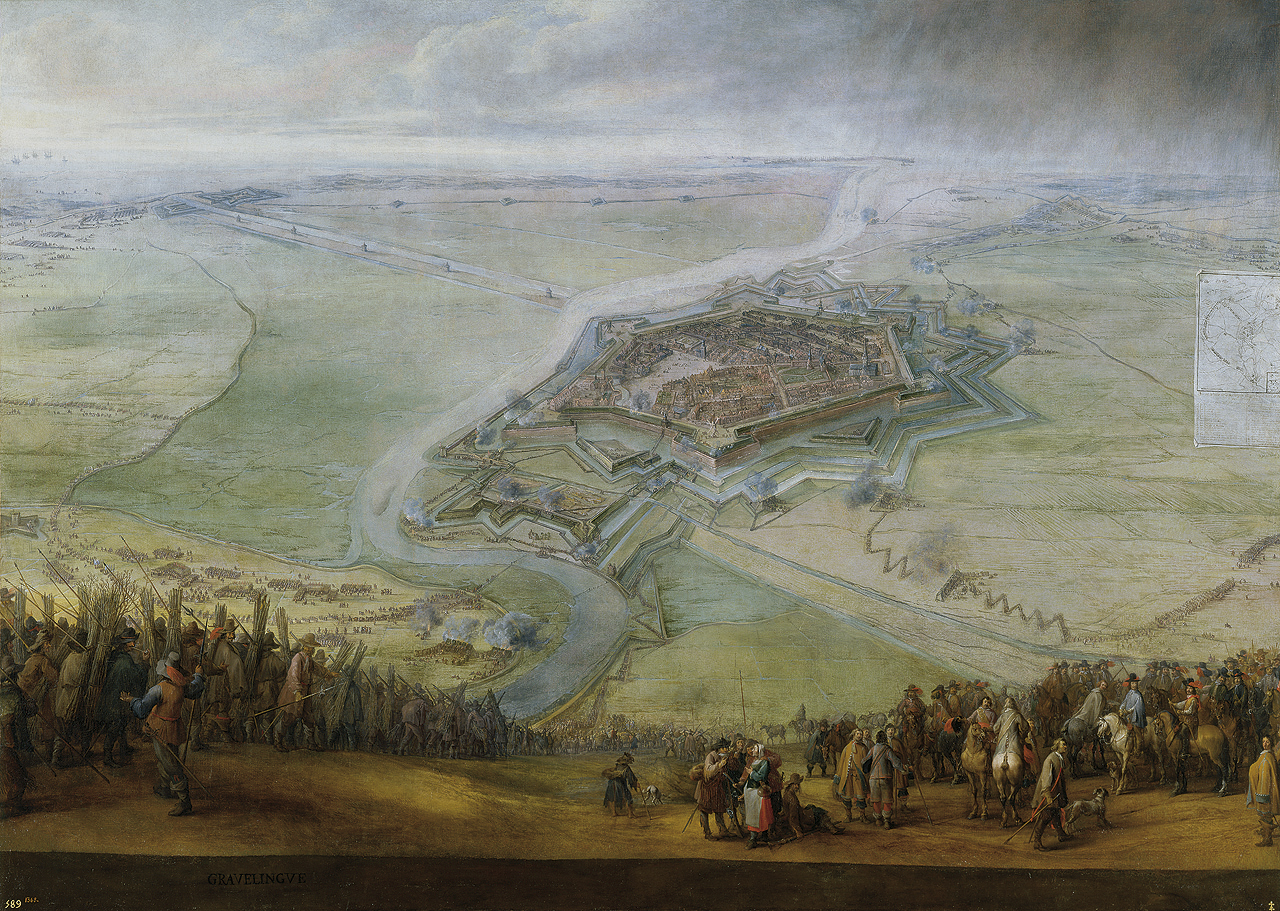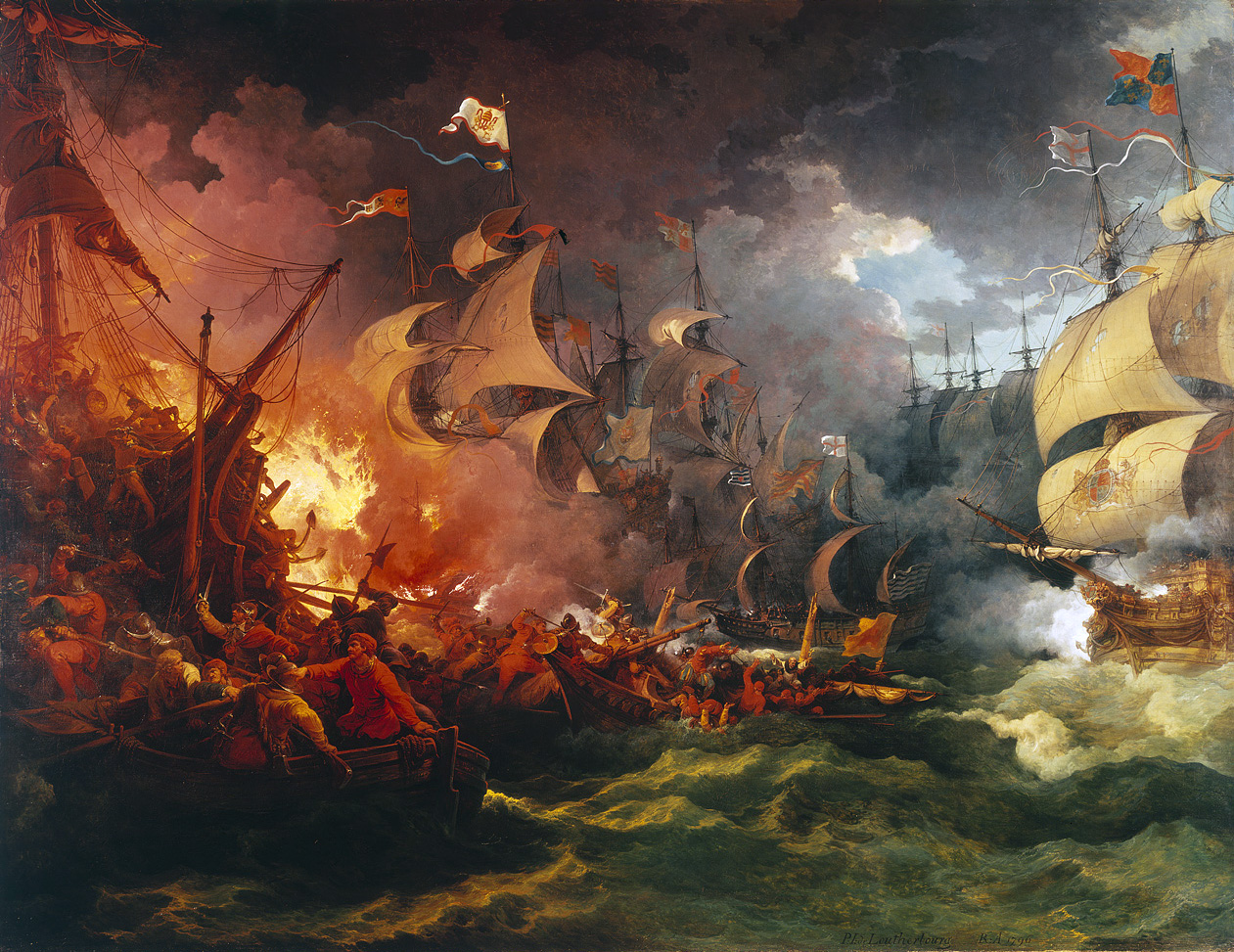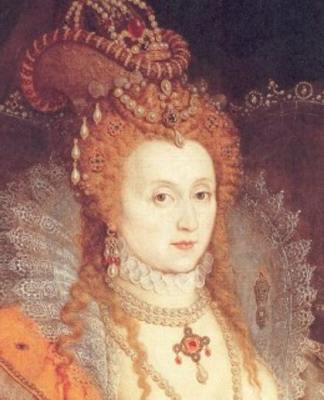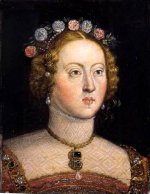Today in the class of Social Sciences we have stayed on duty because Paqui hasn't come to the class because she has had personal problems.
At first, we have been waiting in the class of Social Sciences for a teacher.
After five minutes Carmen Teresa, the Language teacher, has come and we have been in the class.
Carmen Teresa has said that the room was very well decorated and she likes the decoration of the class: the ages of history, the maps...

Then, she has said that we have to continue with the homework of other subjects or Social Sciences.
After,she has asked who our language teachers are: the people of the class A have said that Cristina Mata , the people of the class B,Verónica and my class have said that Ángela.
Then, she has asked if we have started with the compound sentence.Some people have started and other people haven't.
After, I have started to do the schemes of renaissance art in the Hispanic Monarchy and the baroque art in the 17th century.
RENAISSANCE ART
- Architecture
Plateresque: architects imitated the work of silversmiths to decorate the facades of the buildings.
Classicism: use of classical elements: columns,pendiments, rounded arches...
Herrerian style: sober,austere,proportioned buildings, without decoration.
Artists and works:
Pedro Machuca: Palace of Charles V (Granada),Courtyard of the Palace of Charles V.
Juan de Herrera: Monastery of San Lorenzo del Escorial.
- Sculpture
Artists and works:
El Greco: The Burial of Count Orgaz, The Adoration of the Shepherds,The Despoling, Martyrdom of St. Maurice.
BAROQUE ART.
- Architecture:
Decorative exuberance in buildings.
Main works of art: churches and square.
The overelaborated style created by José de Churriguera was called "churrigueresque".
Artists and works:
José de Churriguera: Altarpiece of San Esteban Convent.
Ribera: Old Hospice of Madrid.
Alberto Churriguera: Salamanca's main square.
Antonio Casas Novoa: Obradoiro Facade (Santiago de Compostela Cathedral).
- Sculpture:
Religious themes for altarpieces or processional thrones made with polychromed wood.
Realistic and dramatic images (wounds, blood, expressions of pain and suffering.
Artists and works:
Gregorio Fernández: Pietà
Montañés: Saint Hieronymus.
Pedro de Mena: Penitent Magdalen.
Alonso Cano: Immaculate Conception.
- Painting:
Exceptional painters in the 17th century: Golden century of painting.
Realism and religiosity.
Main commissioners: kings and the Church.
Oil on canvas,contrasts of light and shadow,complex compositions...
Artists and works:
José de Ribera: Archimedes.
José Ribalta: Christ with the Cross.
Zurbarán: Saint Serapion.
Murillo: Immaculate Conception.
Juan Carreño de Miranda: Charles II.
Diego de Silva y Velázquez: Old woman cooking eggs, Philip IV, Jesters and The Meninas.
See you!!


















.jpg)














.jpg)





